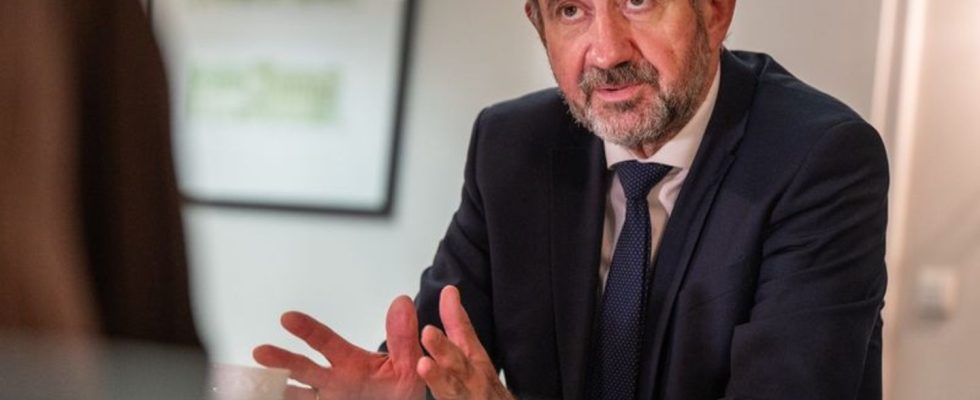colonialism
Parzinger: Returns of cultural assets will continue in the future
Hermann Parzinger is President of the Prussian Cultural Heritage Foundation. (archive image) photo
© Monika Skolimowska/dpa
Thousands of objects from colonial times are stored in the archives of German museums and collections. After the first returns, there will be further restitutions.
After the spectacular With the return of the first Benin bronzes, the restitution of cultural assets with a colonial past has become somewhat quieter.
However, Hermann Parzinger, President of the Prussian Cultural Heritage Foundation and the highest representative of Germany’s most important cultural institution, is assuming further steps. “Of course there will also be returns in the future,” said Parzinger to the German Press Agency in Berlin.
Collaboration with partners worldwide
At the end of 2022, Germany initially returned 20 Benin bronzes from museums in Berlin, Hamburg, Cologne, Stuttgart and Dresden/Leipzig to Nigeria. The agreements continue to provide for presentations of pieces in Germany. The objects, which are made of bronze as well as ivory and other materials, mostly come from British looting in 1897.
“We work continuously and constructively with many partners around the world,” said Parzinger. “An incredible number of partnerships have been created in recent years.” He gave an example: “In the project “The Collaborative Museum” we are working on the collections and in the archives in Dahlem. New topics are being developed together with the countries and societies of origin, which will then flow into the further development of the exhibitions in the Humboldt Forum.”
Return debate about tourist magnet Nefertiti
In the anniversary year 100 years after its first presentation in Berlin, a new debate about the return of the tourist magnet Nefertiti is to be expected. The bust of the main wife of Pharaoh Amenhotep IV, made around 1340 BC, is in the Berlin Neues Museum, which belongs to the foundation. According to the foundation, it was found as part of an excavation approved by the Egyptian Antiquities Administration and was not taken out of the country illegally. Nefertiti has been in German possession since the discovery was shared in 1913. Owner James Simon donated it to the Berlin Museum in 1920.
“I am calm about a debate about Nefertiti,” said Parzinger. The situation is clear. “It is documented that when the finds were shared, both sides had a complete list of all finds, and even photos of the better pieces. There is a whole series of black and white photos, from all angles.” This has already been published several times.

